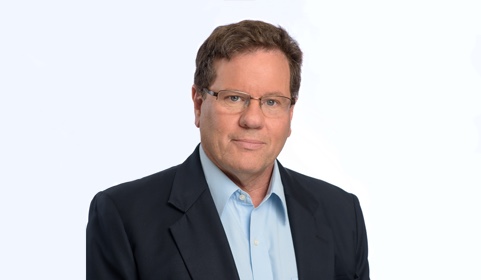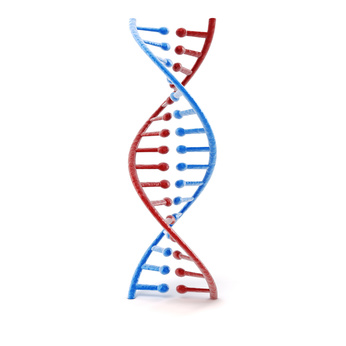Gene Patentability – Global View

 In recent years, the subject of patent-eligibility of gene sequences has commanded significant attention around the globe although different jurisdictions vary in their view on the subject and there exists a degree of uncertainty regarding the ability to obtain valid patents on such inventions. Such uncertainty is further elevated by courts’ decisions as often higher courts reverse lower court decisions while departing from established law. The retroactive effect of any such precedent setting legal decisions also on existing patents casts a shadow over the value of patent rights in this commercially important technological field. Provided in this article is a brief, high level overview of the current law on patent eligibility of genetic sequences in five jurisdictions: Australia, Europe, USA, Japan and Israel.
In recent years, the subject of patent-eligibility of gene sequences has commanded significant attention around the globe although different jurisdictions vary in their view on the subject and there exists a degree of uncertainty regarding the ability to obtain valid patents on such inventions. Such uncertainty is further elevated by courts’ decisions as often higher courts reverse lower court decisions while departing from established law. The retroactive effect of any such precedent setting legal decisions also on existing patents casts a shadow over the value of patent rights in this commercially important technological field. Provided in this article is a brief, high level overview of the current law on patent eligibility of genetic sequences in five jurisdictions: Australia, Europe, USA, Japan and Israel.
Recognizing the need for patent harmonization, many countries adopted the approach whereby a substance isolated from a natural source – such as a chemical compound or microorganism – is eligible for patent protection. The rationale is that, although the isolated substance is naturally-occurring (and therefore would generally be considered a non-patentable discovery rather than an invention), the isolation or purification of the substance constitutes novelty and meets the criteria of patent-eligibility.
Gene sequences isolated from human and non-human DNA are a special case in point, among others, due to their commercial significance. However, as discussed below, not all jurisdictions have a favorable approach to patenting of such important innovations.
Australia
As a result of a High Court decision in October 2015, Australia is among the jurisdictions that bar patent protection for isolated genetic sequences. In D’Arcy v. Myriad Genetics Inc., the High Court held that the “information” of the sequence is not “made” by human action, and therefore does not rise to the level of a patentable invention.
Subsequent to the High Court’s ruling, the Australian Patent Office issued new examination guidelines for patent claims relating to gene-related inventions. The guidelines focus on the High Court’s requirement for an invention to be rendered patentable, taking into consideration factors such as (i) the physical differences (if any) between the claimed invention and the naturally-occurring substance, and (ii) the manner in which the claimed invention is carried out.
Europe
In Europe, genes are eligible for patent protection. Contrary to the current position in Australia and the USA (discussed below), following the respective Supreme Court decisions, but consistent with the approach in many jurisdictions, the European Patent Office (EPO) set aside arguments that isolation constitutes a mere discovery. Under the EPO’s guidelines, a naturally-occurring gene, isolated for the first time, meets the novelty requirements of patentability. The European Union’s biotech directive, as adopted by the EPO, further clarifies that “biological material which is isolated from its natural environment or produced by means of a technical process” is eligible for patent protection, “even if it previously occurred in nature.”
United States
The Australian High Court’s Myriad decision followed the United States Supreme Court’s decision in a companion case from 2013. In Association for Molecular Pathology v. Myriad Genetics, the Supreme Court held that isolated naturally-occurring gene sequences are not eligible for patent protection. In doing so, it focused on the discovery-versus-invention dichotomy, with Justice Thomas writing that, while Myriad had “found an important and useful gene,” the company’s “groundbreaking, innovative, or even brilliant discovery does not by itself satisfy [the requirements for patentability].” While the United States Patent and Trademark Office (USPTO) had previously allowed patent applications for naturally-occurring sequences, the Court was not persuaded by this fact to allow new registrations.
It is to be noted that the Supreme Court distinguished isolation of a naturally-occurring sequence from a sequence contained in synthetic cDNA. Since cDNA is not naturally-occurring, the Court ruled that cDNA sequences are potentially eligible for registration with the USPTO.
Japan
The Japanese Patent Office follows an approach similar to that of the EPO, whereby new naturally-occurring gene sequences are patent eligible. However, in order to obtain patent protection in Japan, a gene must be both useful and “industrially applicable”. The claimed invention must also be novel and involve an “inventive step.” A newly discovered and isolated gene sequence satisfies these requirements, provided advantageous effects of the claimed invention over prior art DNA sequences can be shown.
Israel
Gene sequences are currently eligible for patent protection in Israel. The Commissioner of Patents issued directive in 2008 on patent eligibility of gene sequences and this policy is still followed; and the Israel Patent Office has not changed its position in the wake of the Myriad decisions in Australia and the United States (discussed above). Naturally-occurring sequences are not exempt from patentability and are regarded as patent-eligible gene sequences.
Conclusion
As emerges from this brief overview, there is no harmonization of patent-eligibility requirements for gene sequences, in the different jurisdictions. Even among those jurisdictions that currently grant gene-related patents, there are significant differences in the requirements for patent-eligibility:- while Australia and the United States have more stringent requirements, Europe, Israel and Japan are currently more lenient. As this is a rapidly-evolving area of the law, we would encourage all researchers, physicians and inventors to stay tuned in and, if need arises, seek professional guidance.
This article is provided for general information only. It is not intended as legal advice or opinion and cannot be relied upon as such. Advice on specific matters may be provided by our group’s attorneys.
